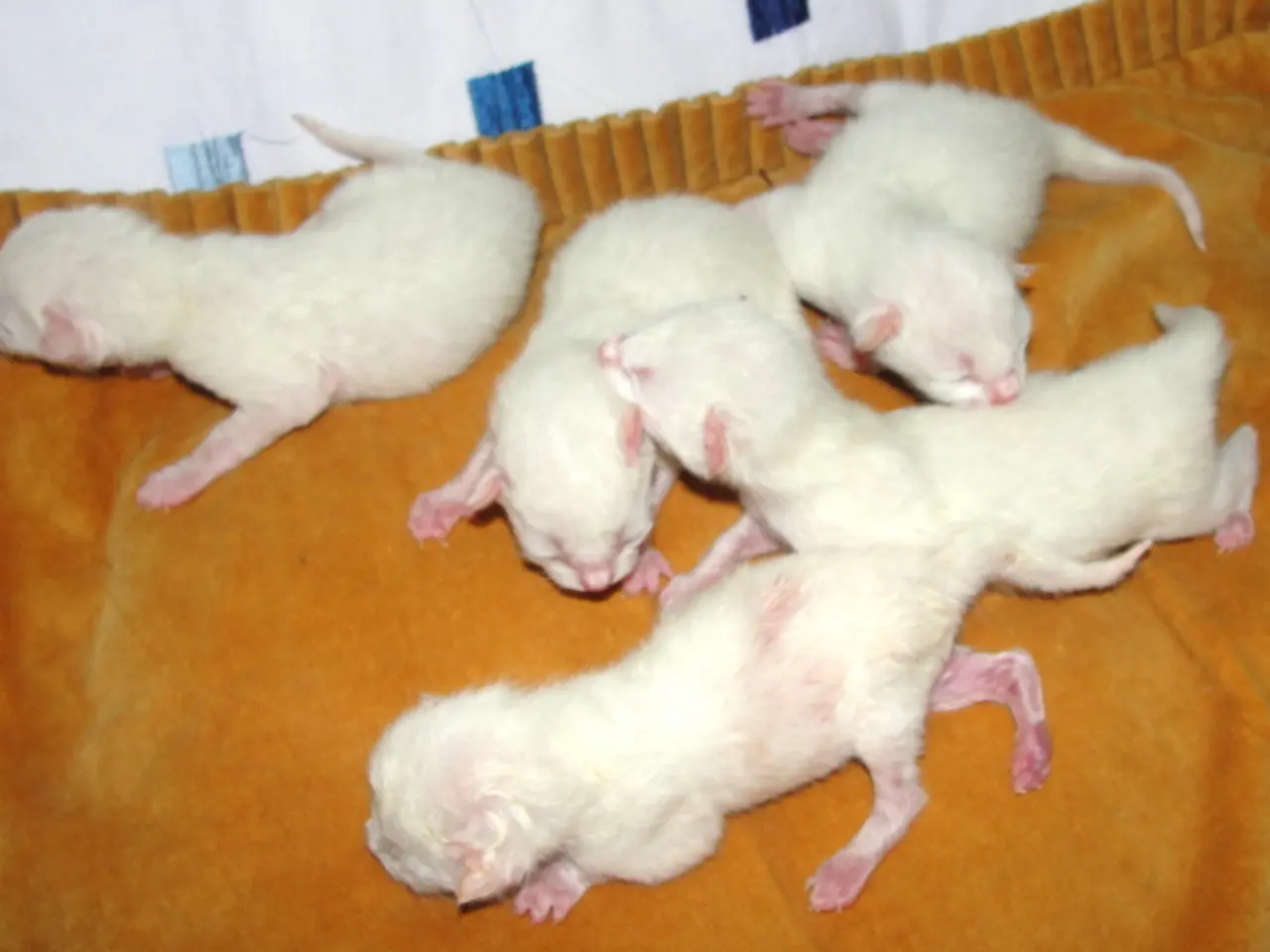Vietnam's MICE Tourism Poised for Growth as Global Destination
Vietnam's MICE tourism (Meetings, Incentives, Conventions, and Exhibitions) is poised for growth, with significant potential to boost the country's overall tourism revenue. Despite strong overall growth, the leading organisation driving this sector remains unclear.
The MICE industry in Vietnam should prioritise building its brand by leveraging the country's rich heritage, investing in smart infrastructure, developing high-quality human resources, and fostering public-private cooperation. Currently, meetings account for nearly half (45.25%) of the MICE market share, with exhibitions projected to grow at an annual rate of 8.24% until 2030.
However, the sector faces challenges such as lack of coordination between sectors and regions, and lower professionalism. Two major trends shaping Vietnam's MICE industry are the experience economy and the event technology revolution.
MICE tourism can significantly contribute to Vietnam's national tourism due to growing demand, particularly from international visitors seeking investment and business opportunities. With its stable politics, friendly people, safety, and competitive costs, Vietnam has the potential to become a global MICE destination. MICE travellers tend to stay longer and are less tied to seasonal travel, generating higher revenue for travel agencies and service providers. Despite being considered a 'golden goose' for the industry, Vietnam's MICE sector remains fragmented and small in scale. However, it is on the threshold of a breakthrough, with rich heritage, rapid technological progress, strong business engagement, and government support.
Read also:
- Young individual at Yellowstone National Park sustains severe burn injuries following a sudden collapse into a boiling hot thermal basin
- Rising hospitalizations due to severe food allergies, according to research findings.
- Important Immunizations for Newborns in Nigeria
- Following a heart attack, a person may be prescribed various medications to manage risks, improve heart function, and prevent further cardiac events. These could include:








